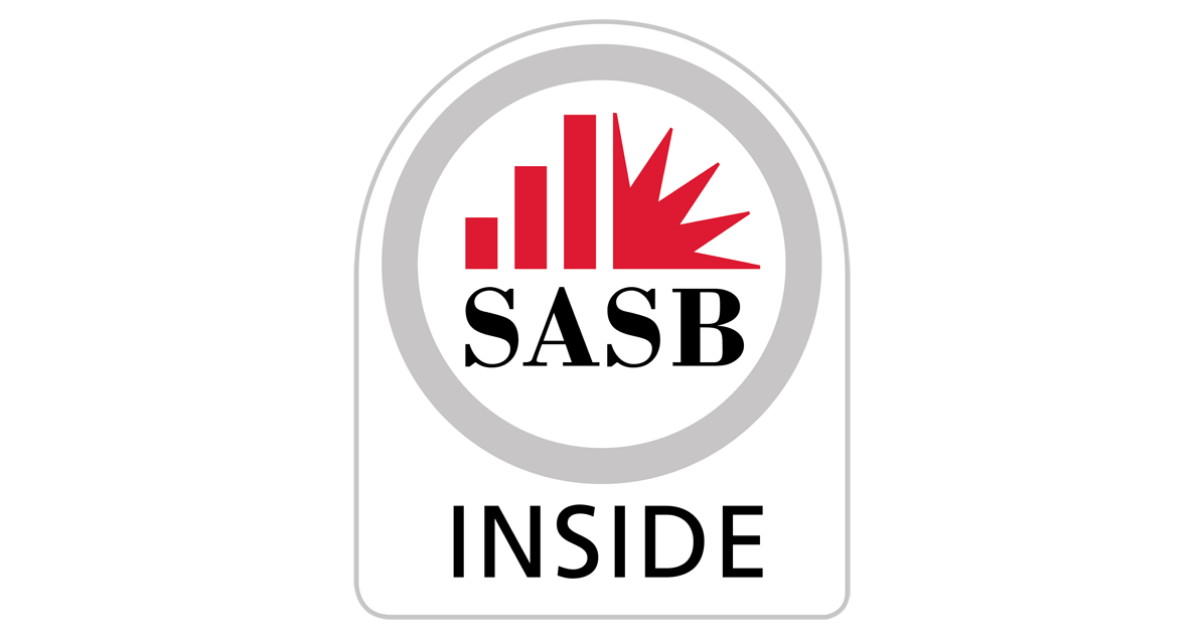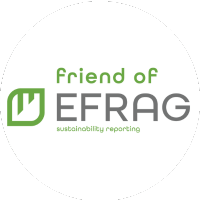
Delighted to Announce ESG PlayBook is a Consultant To SASB
What is the SASB Framework?
The SASB Conceptual Framework sets out the basic concepts, principles, definitions, and objectives that guide SASB in its approach to setting standards for sustainability accounting; it provides an overview of sustainability accounting, describing its objectives and audience.
What Companies Use SASB?
Companies like GM, Merck, Nike and JetBlue were early adopters of the SASB guidelines, using the provisional standards to report on material ESG issues. Since the launch of the formal standards last year, SASB staff have focused on driving awareness and adoption in the issuer community.
Who is SASB?
SASB stands for Sustainability Accounting Standards Board. SASB was founded in 2011 as a non-profit organization focused on independent standards setting. According to its website, this organism’s mission is to “help businesses around the world identify, manage and report on the sustainability topics that matter most to their investors.”
To do this, SASB developed 77 sets of industry-specific standards gathering feedback from companies, investors, and other market participants. Each set of standards focuses on what SASB has determined to be the most financially material topics for each industry. In their own words, these are “issues that are reasonably likely to impact the financial condition or operating performance of a company and therefore are most important to investors.”
SASB’s industry standards include related accounting metrics (to have KPIs to measure the company’s performance), technical protocols for compiling data, and data units for normalization.
What is the SASB’s materiality map?
“The SASB Materiality Map® is an interactive tool that identifies and compares disclosure topics across different industries and sectors.” In other words, this map highlights the most relevant issues for any given industry and sector. It helps companies identify which issues they should be exploring and reporting on, and it helps investors identify where they should focus on when analyzing a given company or industry.
The map includes 26 sustainability issues which are organized under five sustainability dimensions (Social Capital, Human Capital, Business Model & Innovation, Leadership & Governance, and Environment). The list was refined by focusing on issues (out of all the issues that can be discussed when talking about ESG) that are most likely to have a financial impact on the company.
What does sustainability mean in accounting?
Sustainability accounting represents the activities that have a direct impact on society, environment, and economic performance of an organisation.
Sustainability accounting is often used to generate value creation within an organisation.
What are the 3 principle of sustainability?
Therefore, sustainability is made up of three pillars: the economy, society, and the environment. These principles are also informally used as profit, people and planet.
Next Steps
For simplified ESG reporting on one platform, contact us.
We’d be happy to hear from you!


